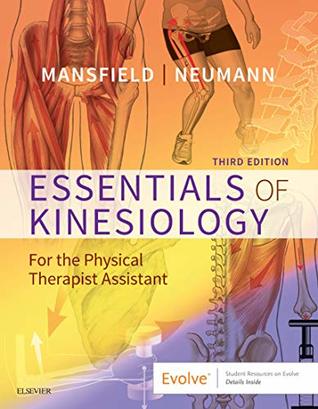Kindle Notes & Highlights
Started reading
October 17, 2019
Kinematics is a branch of biomechanics that describes the motion of a body without regard to the forces that produce the motion.
Translation occurs when all parts of a “body” move in the same direction as every other part.
Rotation describes the arc of movement of a “body” about an axis of rotation.
The axis of rotation is the “pivot point” about which the rotation of the body occurs.
Movement of the entire human body is generally described as a translation of the body’s center of mass, or center of gravity
that movement or translation of the entire body is powered by muscles that rotate the limbs.
It is important to note that the functional movement of nearly all joints in the body occurs through rotation.
Active movements are generated by stimulated or “active” muscle;
Passive movements, on the other hand, are generated by sources other than muscular activation,
The motions of flexion and extension occur in the sagittal plane about a medial-lateral axis of rotation (
Abduction describes movement of a body segment in the frontal plane, away from the midline, whereas adduction describes a frontal plane movement toward the midline


